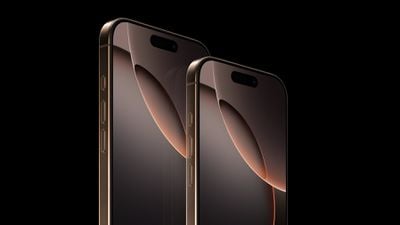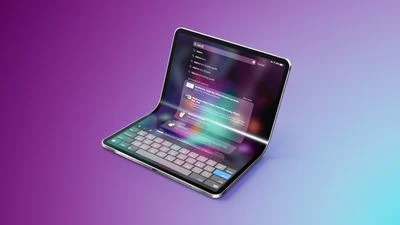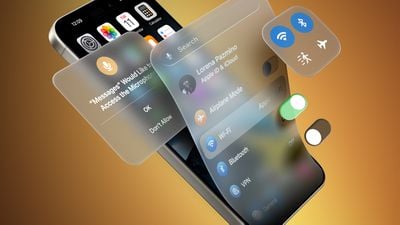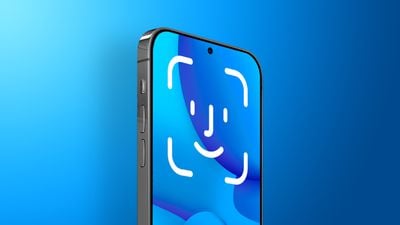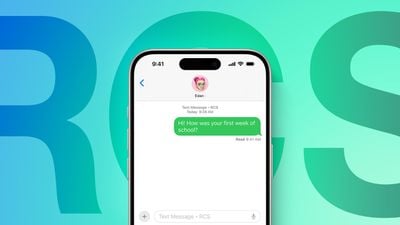Apple today seeded the fourth betas of upcoming iOS 18.4 and iPadOS 18.4 updates to developers for testing purposes, with the software coming a week after Apple released the third betas.

iOS 18.4 and iPadOS 18.4 can be downloaded from the Settings app on a compatible device by going to General > Software Update.
With iOS 18.4, Apple is adding the Priority Notifications Apple Intelligence feature, which is designed to determine which of your notifications are the most important, highlighting them in an easy-to-see dedicated section on the Lock Screen.
The update includes a new Apple News+ Food section for Apple News+ subscribers, plus it adds the Sketch style to Image Playground so you can generate images that look hand drawn. Apple Intelligence is also available in more languages, including French, German, Italian, Portuguese (Brazil), Spanish, Japanese, Korean, and Chinese (simplified), along with localized English for Singapore and India.
There are new emoji characters, and a dedicated Vision Pro app that allows Vision Pro owners to find and download content, manage the headset, control guest experiences, and more, right from the iPhone.
Mail Categorization has expanded to the iPad, and there's a new Ambient Music feature for playing relaxing music from Control Center. There are a number of other smaller features too, with details available in our iOS 18.4 features guide.
Apple plans to release iOS 18.4 and iPadOS 18.4 in early April.



 Note: MacRumors is an affiliate partner with 1Password. When you click a link and make a purchase, we may receive a small payment, which helps us keep the site running.
Note: MacRumors is an affiliate partner with 1Password. When you click a link and make a purchase, we may receive a small payment, which helps us keep the site running.